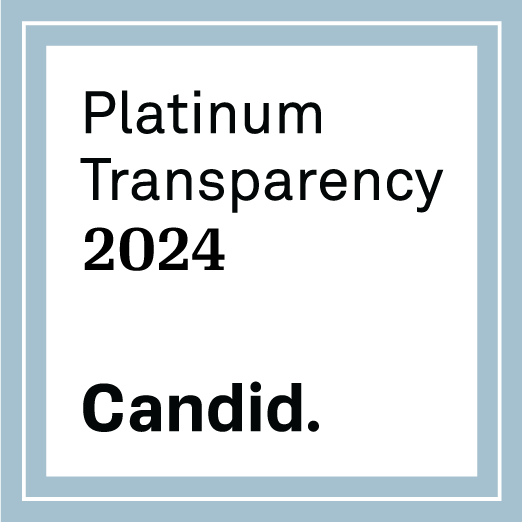Tu donación es 100% deducible de impuestos.
Cáncer colorrectal
Si a usted o a algún ser querido le preocupa tener cáncer colorrectal, se lo han diagnosticado, está recibiendo tratamiento para este cáncer o trata de mantenerse bien después del tratamiento, esta información detallada puede servirle para encontrar las respuestas que necesita.
Herramientas y recursos
Esta información es posible gracias a personas como usted.
Nosotros dependemos de los donativos que nos permiten seguir poniendo a disposición la información sobre cáncer que ofrecemos a aquellos quienes más la necesitan.



